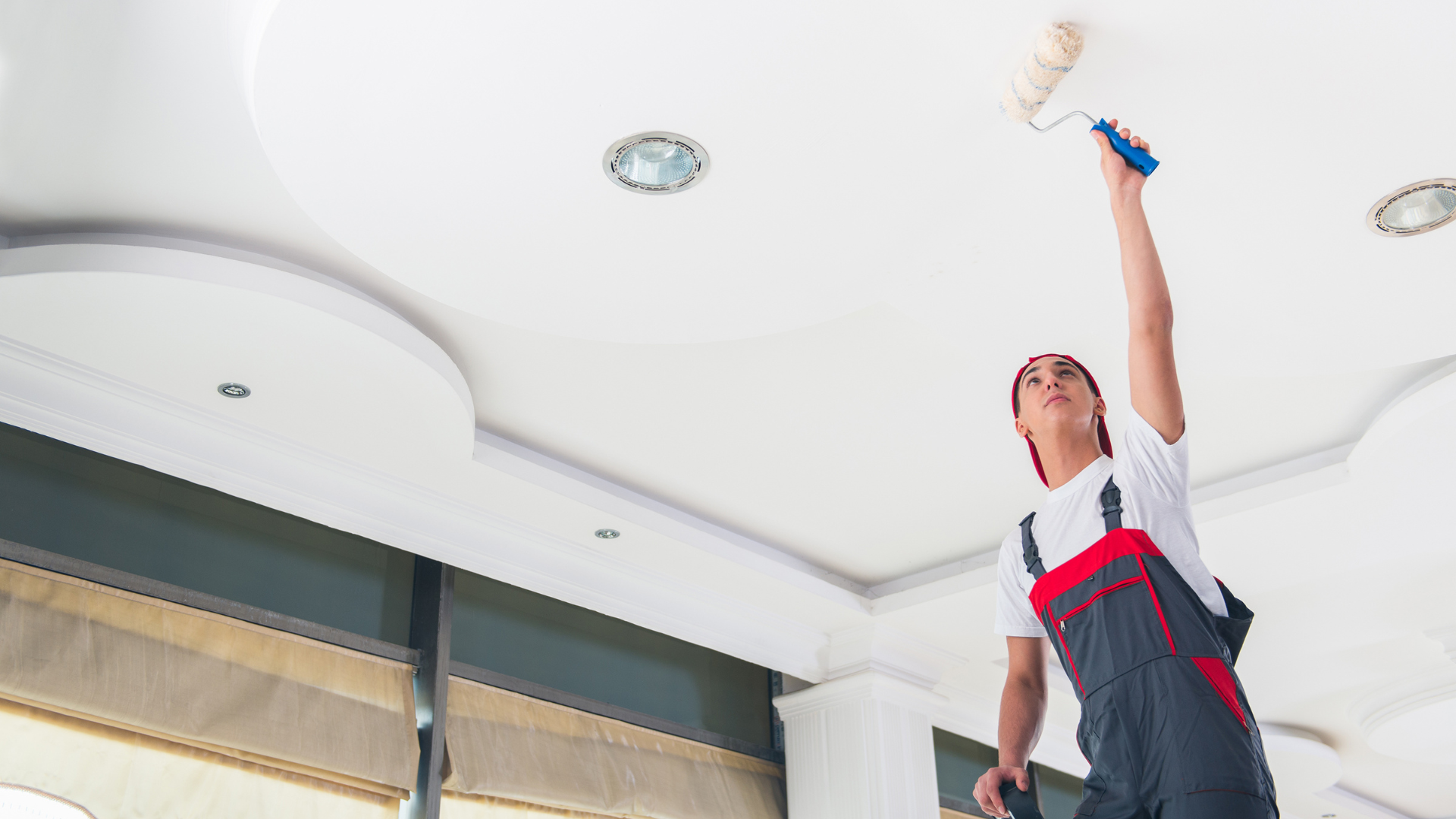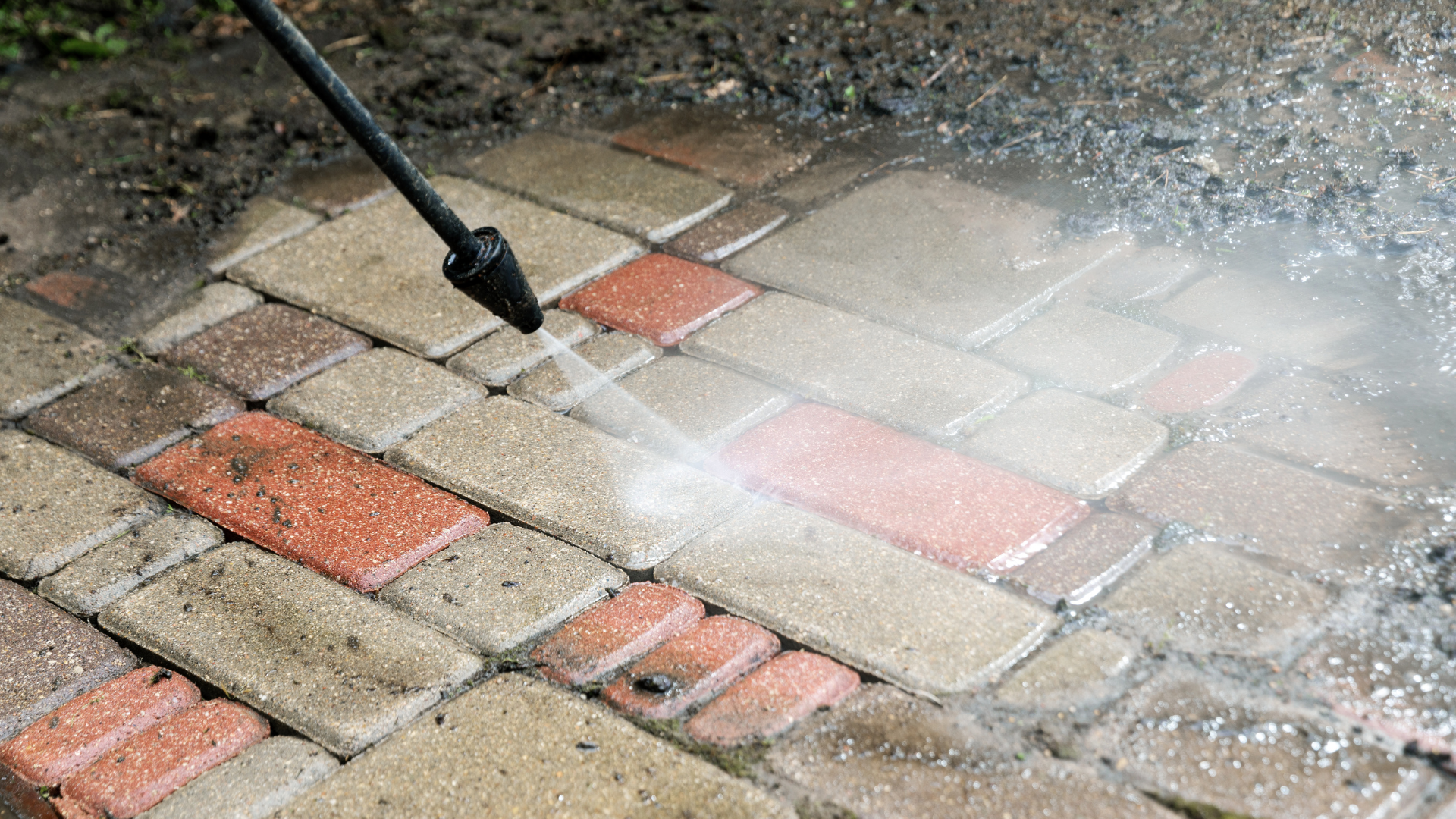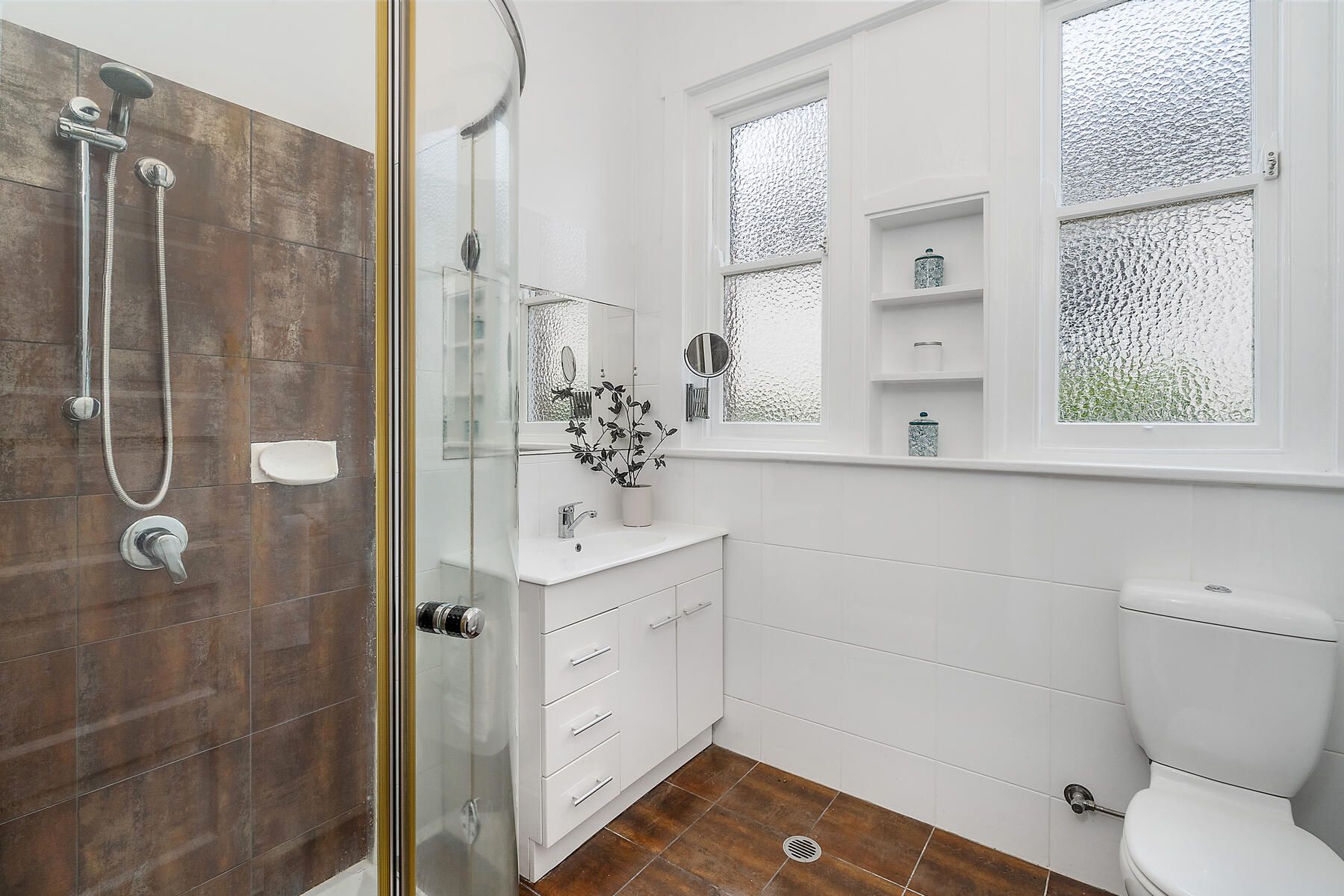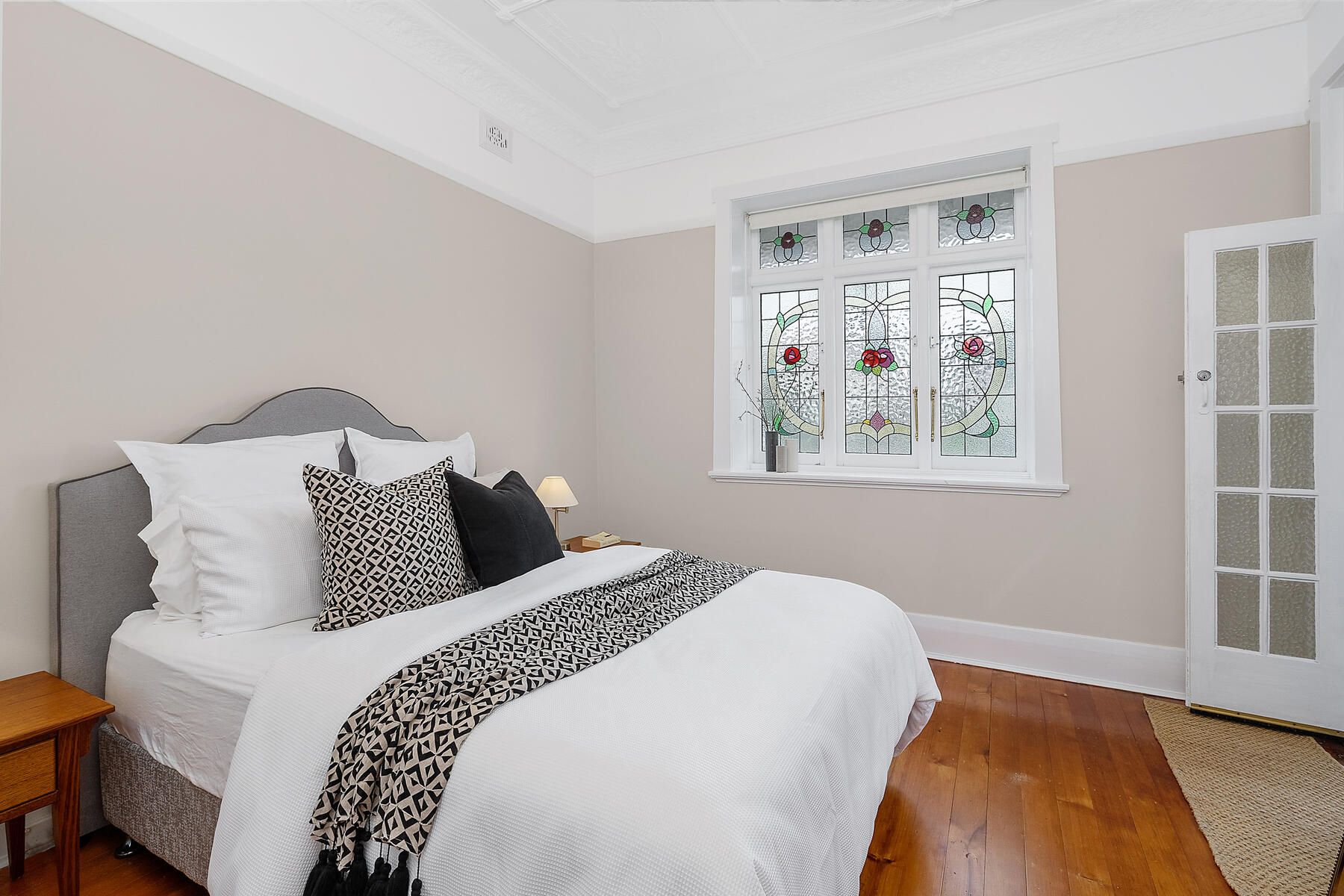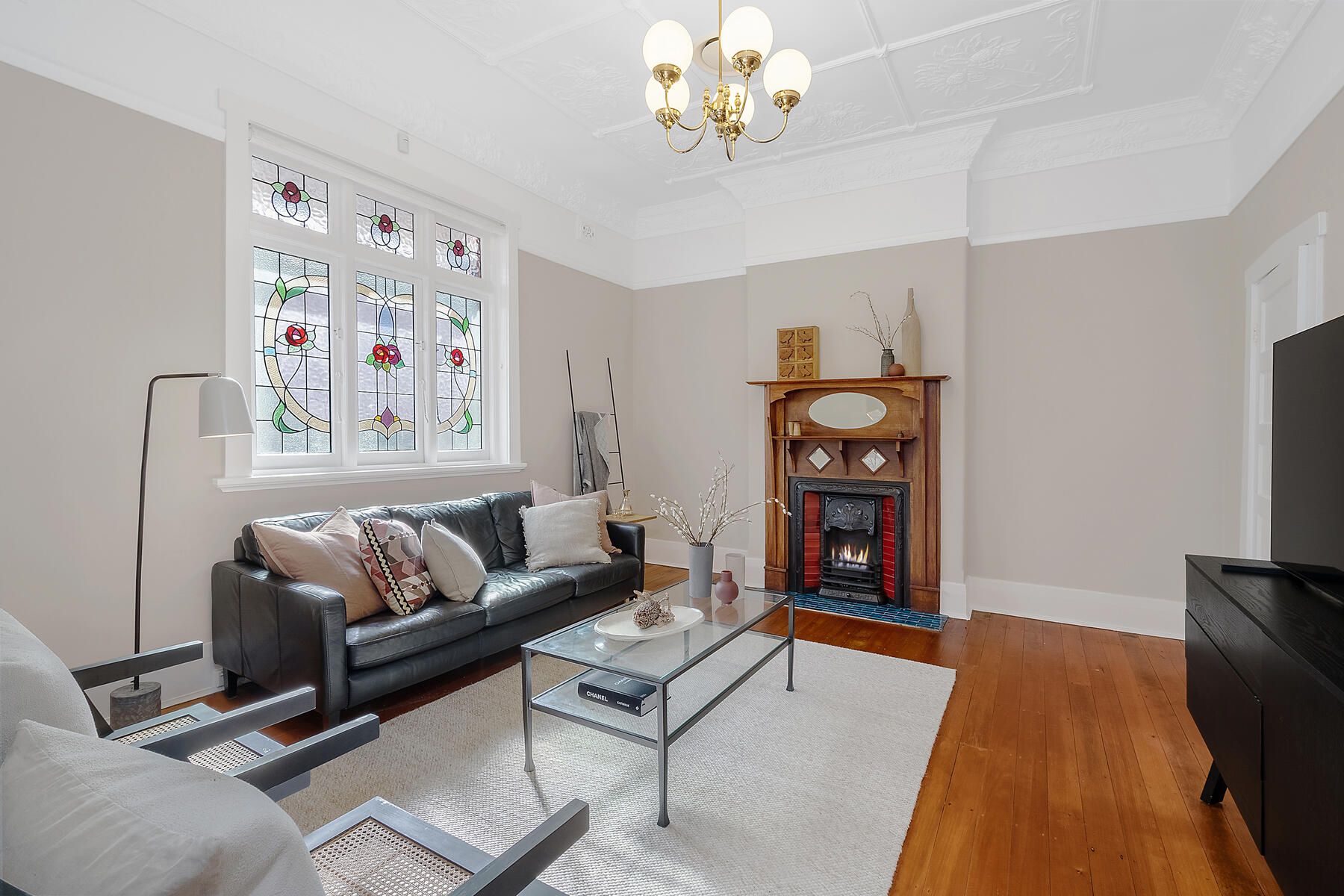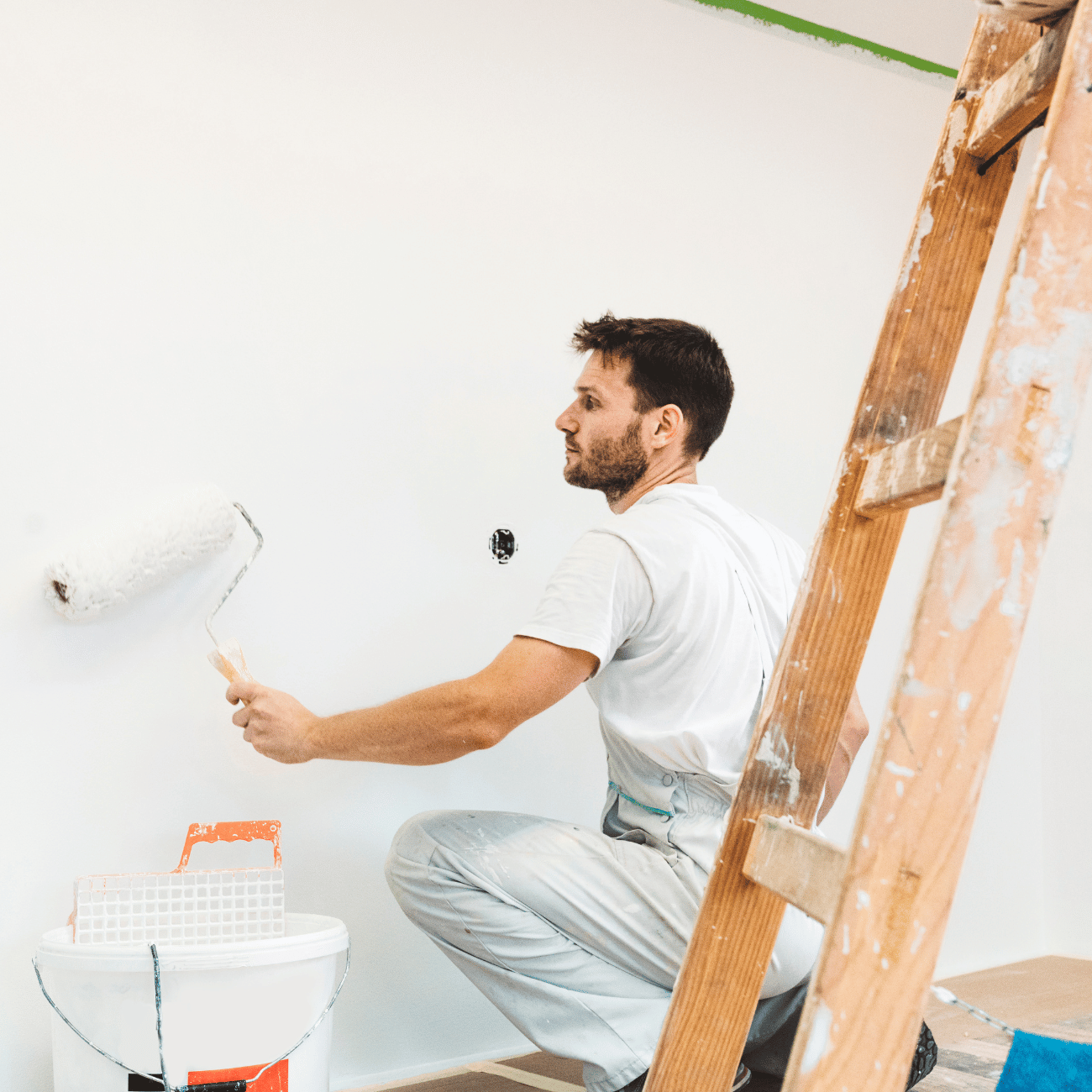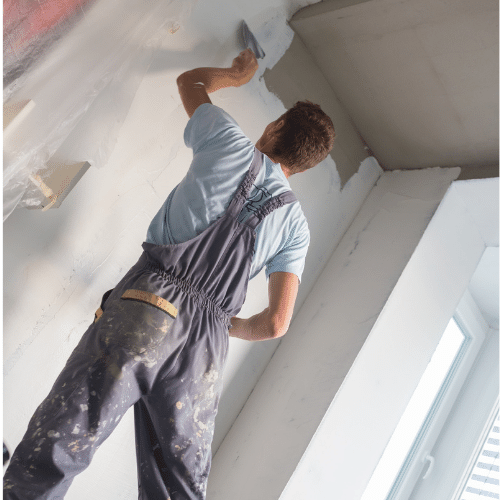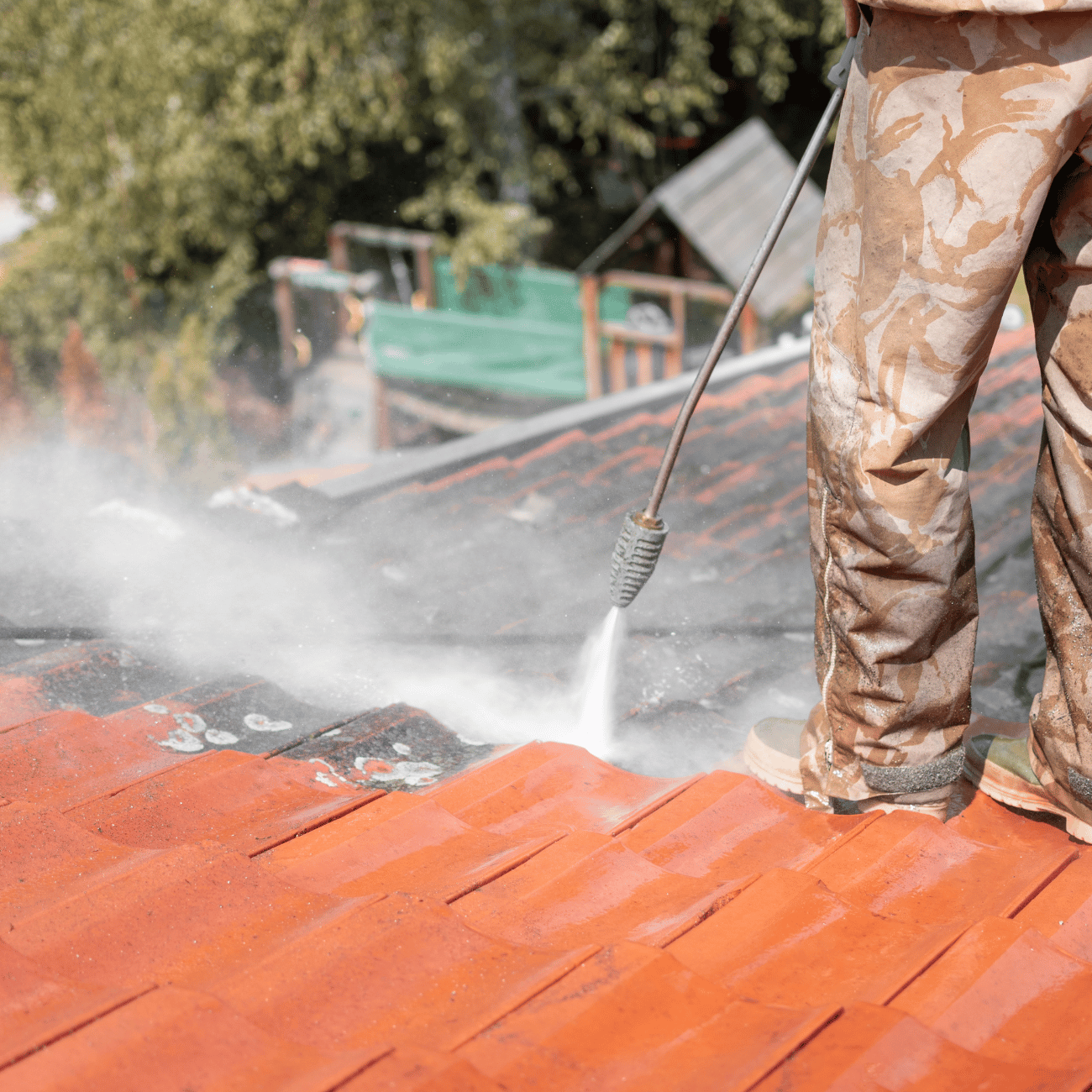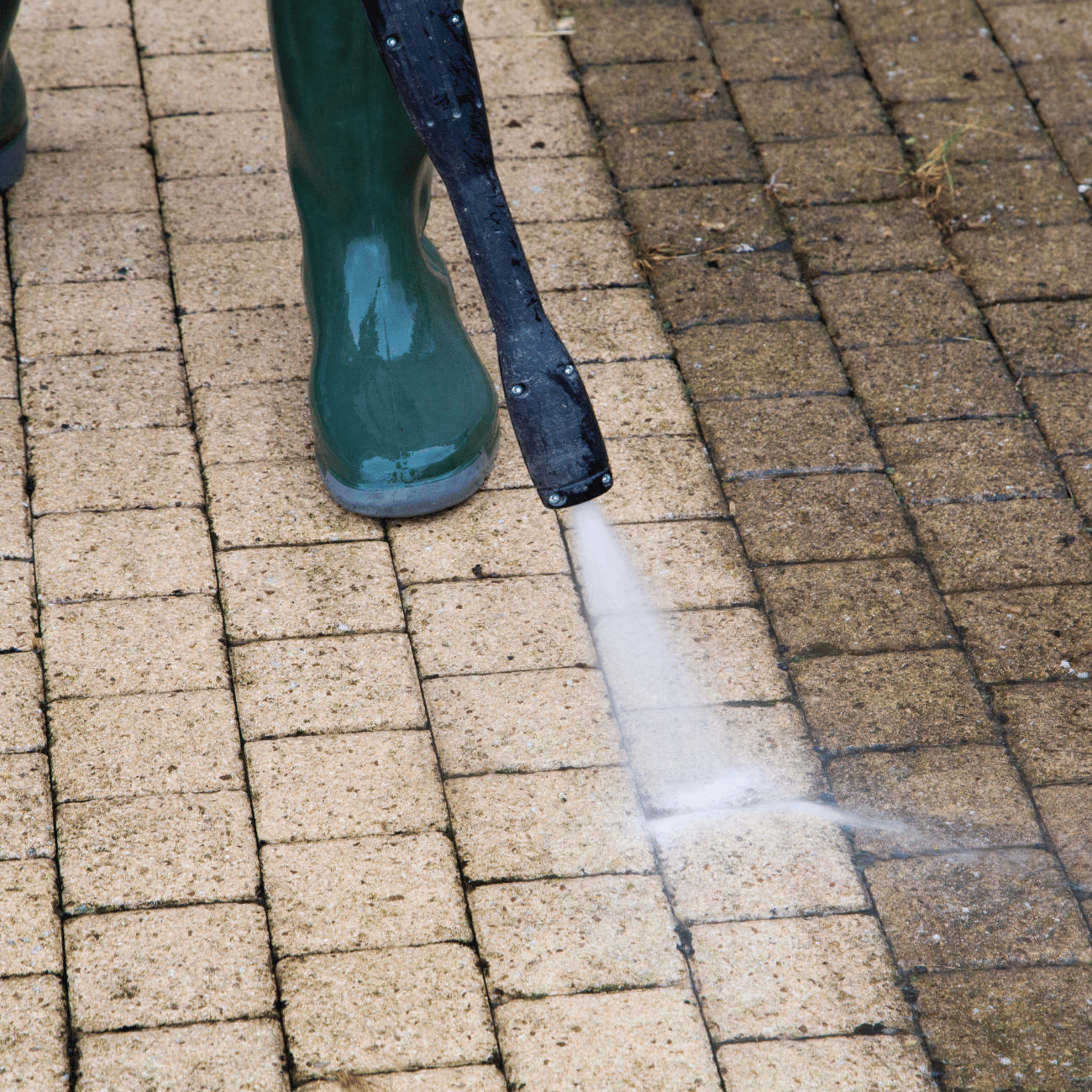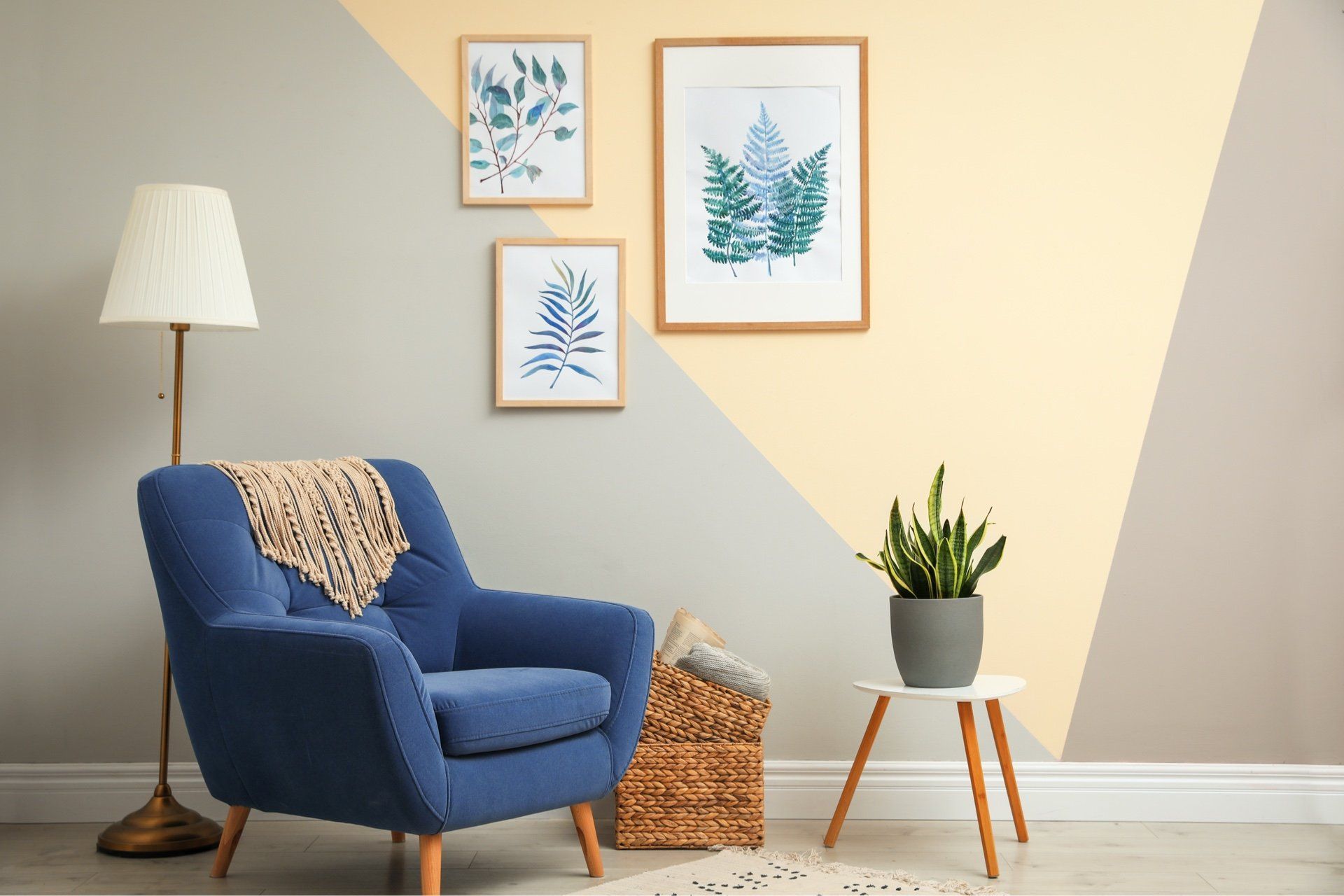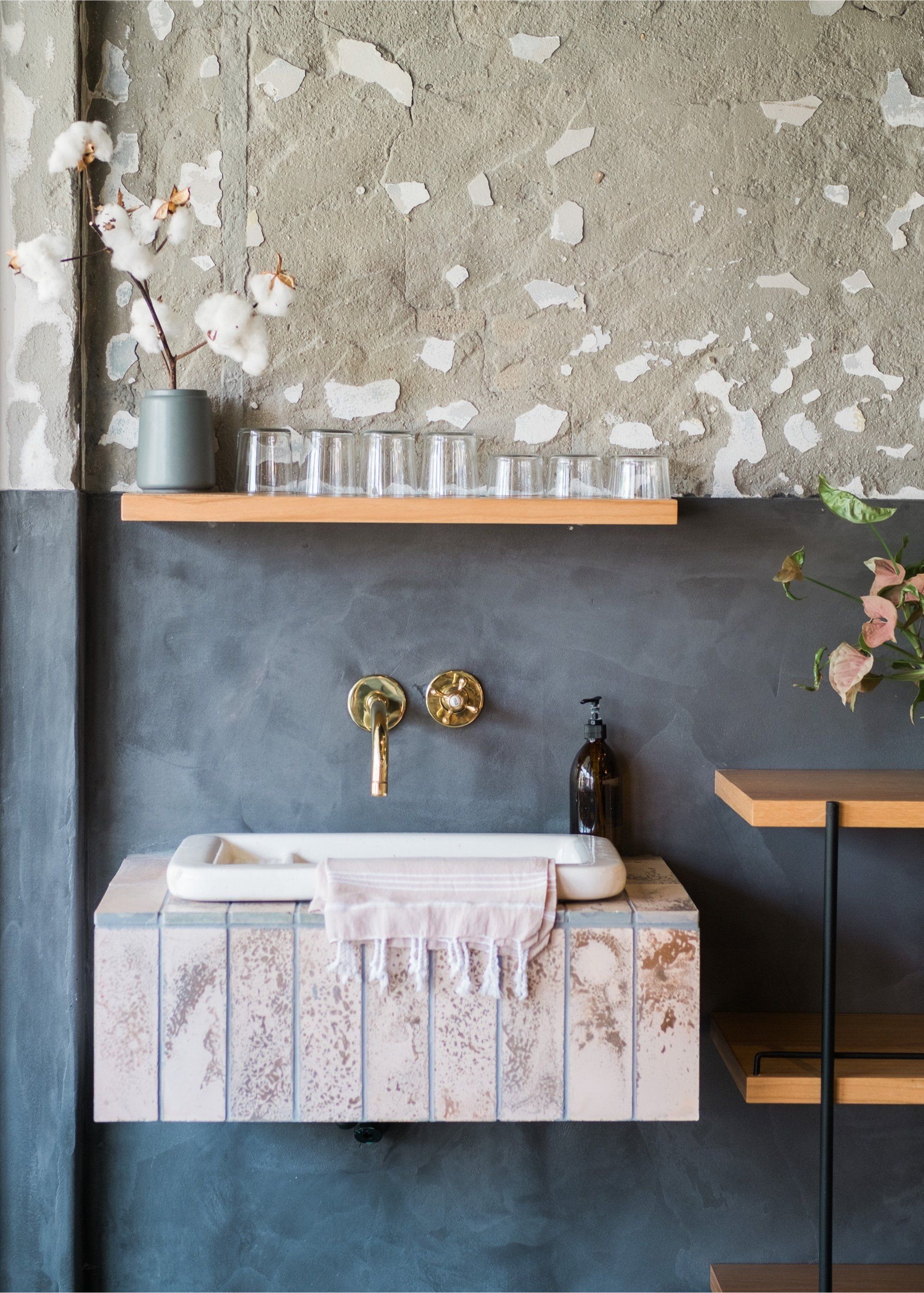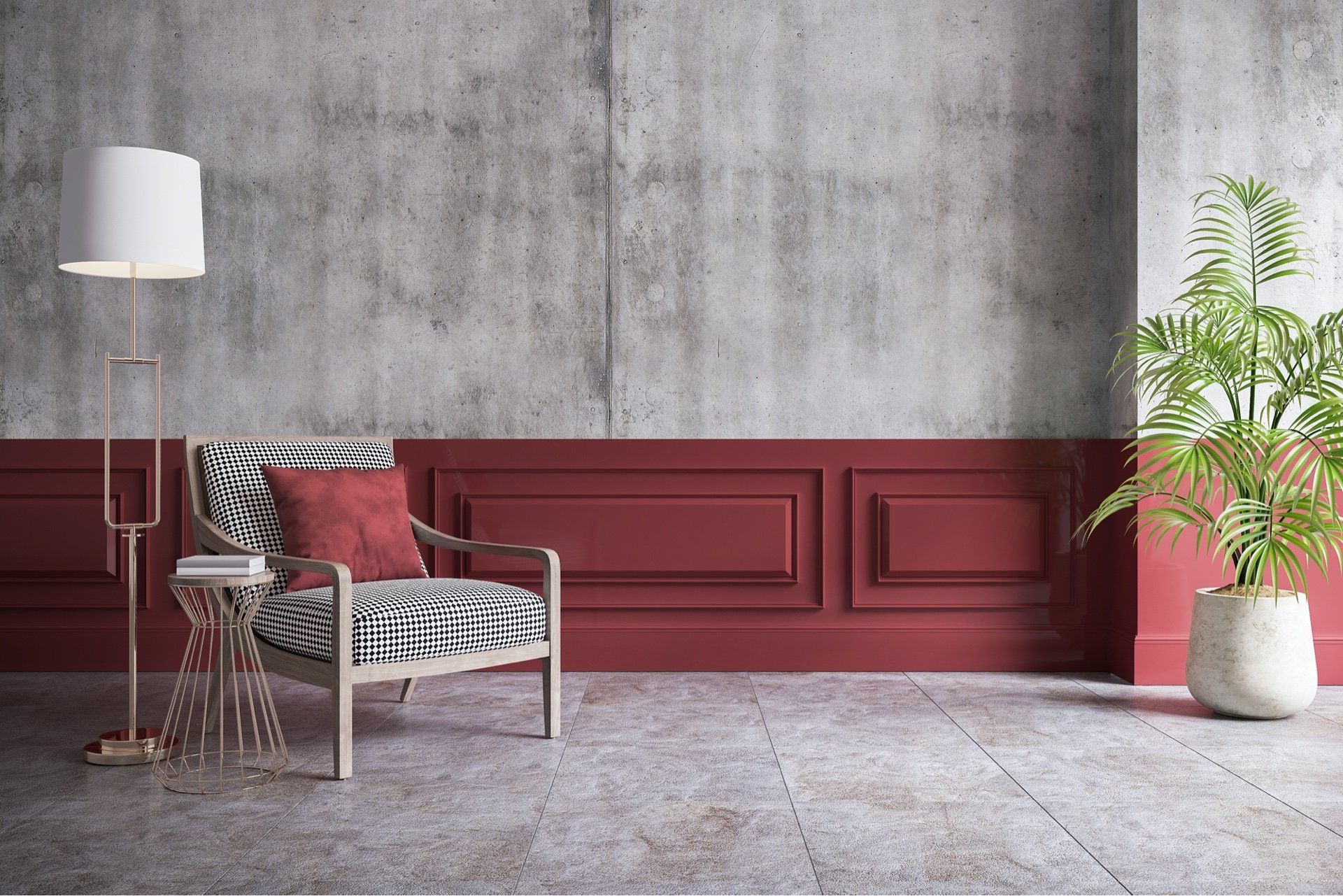PAINTERS NEWCASTLE
Your Trusted Local Painter
Ready to Transform Your Home?
At Painting Newcastle, we don’t just paint walls—we bring your vision to life.
Whether you’re dreaming of a vibrant full-home transformation or simply refreshing a single room, our dedicated team is here to exceed your expectations with results you’ll love.
We’re passionate about creating stunning, long-lasting finishes that you can enjoy for years to come. But our commitment doesn’t stop at a beautiful paint job. From start to finish, we focus on delivering a seamless, stress-free experience that leaves you feeling confident and delighted.
When you choose Painting Newcastle, you’re choosing more than just a service—you’re choosing a team that treats your home with the care and respect it deserves.
Discover the difference a personal touch, keen attention to detail, and open communication can make. Let us transform your space into something truly extraordinary!
Painters Newcastle Professional House Painting Services
Trusted Painters Newcastle Locals Rely On
As a proud Newcastle homeowner, you know how vital it is to protect and enhance the value of your property. From coastal breezes to the vibrant lifestyle of our city, maintaining your home’s exterior and interior finishes ensures your property always looks its best.
At
Painting Newcastle, we specialise in
house painting Newcastle, offering premium residential and commercial painting solutions designed for local conditions.
Your Local House Painting Newcastle Experts
Our experienced painters in Newcastle understand the region’s unique weather patterns and architectural styles.
We deliver flawless finishes that last—using premium paints, skilled techniques, and a commitment to perfection on every project.
We proudly provide:
- Interior and exterior painting
- Residential and commercial painting
- Roof painting and restoration
- Wallpapering and plastering
- Epoxy flooring and decorative coatings
- Pergola, verandah, and deck painting
Why Choose Painting Newcastle?
✅
Professional, punctual, and fully insured painters
✅ Local expertise tailored to Newcastle’s environment
✅ Free colour consultations and transparent quotes
✅ Quality workmanship backed by years of experience
Our reputation as one of the top painting companies in Newcastle comes from consistently delivering reliable, long-lasting, and beautiful results.
Whether you’re refreshing your family home, renovating an investment, or updating your business premises—Painting Newcastle has you covered.
Servicing Newcastle and Beyond
We proudly serve Newcastle, Lake Macquarie, Maitland, Cessnock, Port Stephens, and the Central Coast, providing a full range of painting, plastering, and home improvement services.
If your home or commercial property needs a fresh, professional touch, Painting Newcastle is the name to trust.
Get a FREE QUOTE!

Contact Us
✅
Local. Trusted. Professional.
That’s the Painting Newcastle difference.
Transform your space with the expert
Painters Newcastle locals recommend most.
📞
Call Painting Newcastle today for your FREE consultation and quote.
WHAT WE DO!
Our services go far beyond standard house painting. We’re a full-service painting and decorating company, offering:
✅ Residential Painting
Transform your home’s interior or exterior with vibrant, durable colours and a flawless finish. Our painters use only premium paints and materials to ensure longevity and elegance.
✅ Commercial Painting
First impressions matter. We work with business owners, property managers, and developers to deliver high-quality commercial paint jobs that reflect professionalism and pride.
✅ Plastering
Our team repairs and prepares all surfaces to ensure smooth finishes and superior paint adhesion. From cracks to complete wall resurfacing, we do it all.
✅ Wallpaper Installation
Looking to add personality or texture to a room? We offer expert wallpapering services, from classic prints to modern designer styles.
✅ Epoxy Flooring
Ideal for garages, workshops, and commercial spaces—epoxy flooring is a sleek, durable, and low-maintenance flooring option that adds real value.
✅ Roof Painting
Extend the life of your roof and boost your home’s curb appeal with high-performance roof coatings that withstand Newcastle’s weather conditions.
✅ Pergolas, Verandahs and Decks
We don’t just paint—we build! Our carpentry team can create or refresh your outdoor living areas, providing the perfect space for entertaining or relaxing.
✅ Interior Design Guidance
- Need help choosing colours or finishes? Our in-house design team can guide you through the process, ensuring your paint choices complement your décor and lifestyle.

Local Expertise You Can Trust
Choosing a local painter isn’t just about convenience—it’s about trust.
At Painting Newcastle, we take pride in being a part of the community. We’ve built our reputation on delivering reliable, punctual, and professional service with a friendly, personal touch.
Our painters are all fully trained, licensed, and insured. We stay up to date with the latest techniques and tools, and we take the time to prepare every surface correctly—so you get a finish that’s flawless and built to last.
Don’t settle for less—let the experts bring your next painting project in Newcastle to life with exceptional results. Reach out to us today and see the difference we can make!
The Power of a Great Paint Job
Painting may seem like a simple task, but the difference between a DIY job and a professional finish is night and day.
When done right, a fresh coat of paint:
- Enhances property value
- Improves curb appeal
- Protects surfaces from moisture, UV damage, and wear
- Reflects your style and personality
- Creates a cleaner, more vibrant indoor environment
Whether you’re preparing to sell or settling into your forever home, Painting Newcastle will help you make it shine.
How much does it cost to paint a house?
The cost of painting your house can vary significantly, influenced by factors like the size of your home, the type of paint, whether it’s an interior or exterior job, and the level of detail involved.
For exterior painting, prices typically range from $2,000 to $20,000 or more for an average-sized home. Larger properties or those requiring specialty paints and techniques may fall on the higher end of the spectrum. When it comes to interior painting, expect costs to be around $8 to $20 per square metre, depending on the complexity of the work and the quality of paint you choose.
Premium paints, intricate details like trims, ceilings, or decorative designs, and additional preparation work, such as repairing damaged walls, can add to the total cost. Accessibility is another factor to consider; challenging-to-reach areas might increase labor time and expenses.
To get an accurate estimate tailored to your specific needs, we recommend booking a visit to your property. This allows us to assess the details and provide a clear, customised quote for your painting project.
Call us today for a FREE consultation.
We are specialists in:
Why
Choose Painting Newcastle for your Next Painting, Wallpaper and Plaster / Gyprock Project?

We will elevate your Painting, Wallpaper and Plastering Projects to new heights.
At Painting Newcastle, delivering outstanding customer service isn’t just a promise—it’s our passion. We understand that every project is unique, and your satisfaction is our ultimate goal. From your first inquiry to the final brushstroke, we’re committed to keeping you informed, involved, and confident in every step of the process.
We don’t just hear your ideas; we truly listen. Our team combines your vision with expert guidance to craft a result that exceeds expectations. With a friendly, professional approach and an eye for detail, we make your painting journey not only stress-free but also exciting and rewarding. When you choose Painting Newcastle, you’re choosing a trusted partner ready to transform your space into something extraordinary.
Experience and Expertise.
At Painting Newcastle, we boast a team of highly skilled professionals with extensive experience in the industry. Whether it's residential or commercial painting, interior or exterior work, our painters have the knowledge and expertise to handle projects of any size and complexity. We stay up to date with the latest techniques and trends in the industry, ensuring that you receive the highest standard of workmanship. With Painting Newcastle, you can trust that your project is in capable hands.
Quality and Attention to Detail.
At Painting Newcastle, quality is at the forefront of every project. We use premium paints, top-of-the-line equipment, and proven techniques to achieve flawless results. From surface preparation to the final finishing touches, our attention to detail is unparalleled. We understand the importance of proper preparation, ensuring that surfaces are smooth, clean, and primed for the best possible outcome. With Painting Newcastle, you can expect a finish that not only looks stunning but also stands the test of time.
Customer-Centric Approach.
At Painting Newcastle, exceptional customer service is at the heart of everything we do. We know that every project is unique, and your satisfaction is our top priority. From the moment you reach out to us to the final walkthrough of your completed project, we prioritise clear and open communication, keeping you informed and involved every step of the way.
Our team listens closely to your ideas, offers expert advice, and works tirelessly to bring your vision to life. With a friendly and professional approach, we ensure that your experience is not only stress-free but also genuinely enjoyable. When you choose Painting Newcastle, you're choosing a partner dedicated to making your dream space a reality.
Comprehensive Services
Painting Newcastle offers a wide range of services to cater to all your painting and plastering needs. Whether you're looking to refresh the interior of your home, revitalise the exterior of your business premises, or add decorative plastering touches to create a unique aesthetic, Painting Newcastle has you covered. Our versatility extends to various surfaces, including walls, ceilings, woodwork, and more. With our comprehensive services, you can trust that all aspects of your project will be handled with utmost care and expertise.
Reputation and Customer Satisfaction.
At Painting Newcastle, we take immense pride in our reputation for excellence. Our satisfied customers are a testament to the exceptional quality of our work and dedication to customer satisfaction. We have built strong relationships within the community and continue to earn the trust and loyalty of all our clients. By choosing Painting Newcastle, you can have confidence that your project will be completed to the highest standards, on time, and within budget.
When it comes to painting and plastering projects, Painting Newcastle is the clear choice. Our experience, attention to detail, customer-centric approach, comprehensive services, and stellar reputation, combines to offer a level of excellence that sets us apart. Trust Painting Newcastle to elevate your spaces with our exceptional craftsmanship and make your vision a reality.
Gyprock and Plastering
Noticed plaster cracks in your home or commercial building?
These cracks could be more than just cosmetic—they’re often a sign that your property needs some extra care and attention.
That’s where we come in. Our expert team is here to assess the issue, pinpoint the cause, and deliver top-notch plastering solutions tailored to your needs. Whether it’s a private residence, commercial property, or an insurance repair job, we specialize in restoring walls to their flawless best.
Let us bring your walls back to life with professional care and precision!
Our services include:
- Movement cracks
- Peeling / delaminating paint
- Expansion joins
- Exposed screws requiring re-screwing
- Holes in surfaces to be patched
- Water damage requiring replacement
- Decorative cornice
- Holes in existing surfaces
It makes sense to have the people who are going to paint your property do the repair and preparation work as well, at Painting Newcastle we can do it all!
Should I Paint My House Myself?
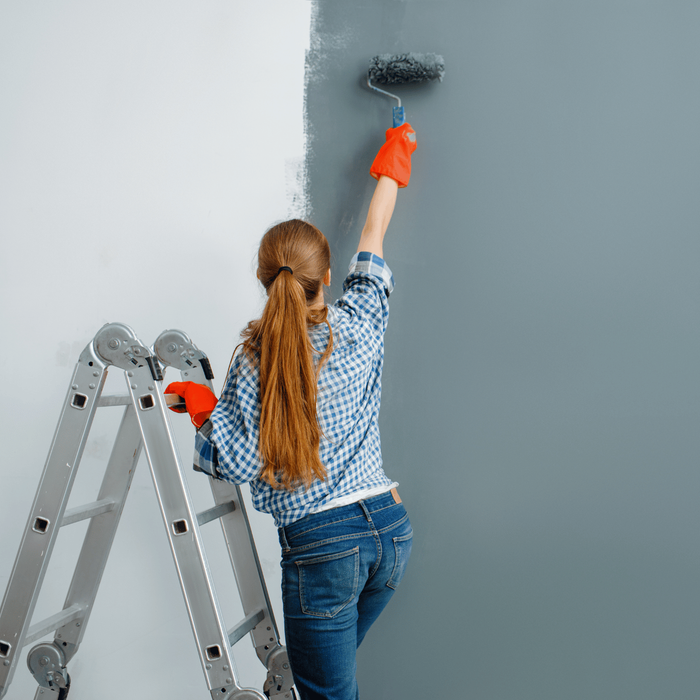
Deciding whether to paint your house yourself or to hire a professional painting company is a decision that homeowners often face.
This choice can significantly impact not only the cost and time involved in the project but also the quality and longevity of the paint job.
Here's a few things to consider:
YOUR BUDGET
DIY Approach: If you have experience with painting and are confident in your ability to tackle the job, DIY might be a good choice. However, painting involves more than just applying paint to walls; knowing how to properly prepare surfaces, deal with problem areas, and apply paint evenly can significantly impact the outcome.
Professional Painting Company: Professionals bring years of experience and expertise. They can handle complex situations, like high ceilings or exterior surfaces requiring special treatments, more efficiently and safely. Their knowledge can also be invaluable in choosing the right type of paint and finishes for different areas of your home.
TIME CONSTRAINTS
DIY Approach: Painting your house can be time-consuming, especially if you're learning as you go. You'll need to account for preparation time, including cleaning, taping, and priming, before you even begin the actual painting. Depending on the size of your house and the complexity of the job, it could take several weekends or longer.
Professional Painting Company: Hiring professionals can significantly reduce the time your house is in disarray. Professional painters can complete the job much faster due to their skills, experience, and team size. If you're on a tight schedule or prefer not to have your home and routine disrupted for an extended period, hiring might be the way to go.
EXPERIENCE
Enjoyment vs. Stress: Some people enjoy painting and find it a therapeutic and satisfying way to spend their weekends. For others, the thought of painting is stressful and overwhelming. Your personal feelings about the task should play a significant role in your decision.
Quality Expectations: If you have high standards for the final look and durability of the paint job, and you're not confident in your painting skills, hiring professionals might be the better choice. On the other hand, if you're comfortable with learning and potentially making some mistakes along the way, DIY could be a rewarding experience.
SIZE AND COMPLEXITY
Small to Medium Projects: Taking on smaller painting projects or touch-ups yourself can be both manageable and rewarding. Not only can it save you money, but it’s also a chance to roll up your sleeves and take pride in your handiwork. There’s nothing quite like stepping back and admiring a job well done by your own hands!
Large or Complex Projects:
When it comes to bigger or more intricate painting jobs, bringing in the pros is a game-changer.
Professional painters have the skills, experience, and equipment to handle challenges like working at heights, perfecting intricate details, or applying specialized techniques. They ensure the job is done safely, efficiently, and with a flawless finish that’s hard to match.
EXPERIENCE
DIY Approach: If you have experience with painting and are confident in your ability to tackle the job, DIY might be a good choice.
However, painting involves more than just applying paint to walls; knowing how to properly prepare surfaces, deal with problem areas, and apply paint evenly can significantly impact the outcome.
Professional Painting Company: Professionals bring years of experience and expertise. They can handle complex situations, like high ceilings or exterior surfaces requiring special treatments, more efficiently and safely. Their knowledge can also be invaluable in choosing the right type of paint and finishes for different areas of your home.
Another Amazing Painting Project just completed in Merewether.
Is House Paint dangerous for my health?
The use of house paint is generally considered safe for most people, provided that appropriate precautions are adhered to. However, the potential health risks associated with paint primarily stem from the volatile organic compounds (VOCs) they may contain.
VOCs are a variety of chemicals that can off-gas from the paint as it dries, leading to indoor air pollution.
Exposure to high levels of VOCs can result in several health problems.
Short-term exposure to VOCs in paint can lead to immediate, transient health effects such as irritation of the eyes, nose, and throat, dizziness, headaches, and nausea.
These symptoms are typically temporary and often resolve once the exposure ends or the individual leaves the affected area.
However, long-term exposure to high levels of VOCs and other chemicals in paint can lead to more severe health issues. Chronic exposure can affect the central nervous system and may lead to liver and kidney damage. There is also a concern about the potential carcinogenic effects of prolonged exposure to certain chemicals found in some paints.
People who are particularly sensitive to chemicals, such as those with allergies, asthma, or chemical sensitivities, may experience more severe reactions to the fumes from paint. Pregnant women, children, and the elderly are also more vulnerable to the potential adverse effects of exposure to paint fumes.
To minimise health risks when using house paint, consider the following precautions:
- Use Low-VOC or No-VOC Paints: These paints contain fewer volatile organic compounds and are less harmful to your health and the environment.
- Ensure Adequate Ventilation: Open windows and doors, use fans to circulate air, and take frequent breaks to minimise your exposure to fumes.
- Wear Protective Gear: Use gloves, goggles, and masks designed to filter out chemical vapours when painting.
- Follow Instructions and Warnings: Always read and adhere to the manufacturer's instructions and safety warnings.
- Store Paint Properly: Keep paint cans tightly sealed and stored in a cool, dry place away from living spaces to reduce off-gassing.
- Dispose of Paint Safely: Follow local regulations for the disposal of paint products to prevent environmental contamination and personal exposure.
By taking these precautions, you can significantly reduce the health risks associated with house painting.
If you experience severe or persistent symptoms while using paint, it is advisable to seek medical attention.
To reduce the risk of health effects, it is important to use paint in a well-ventilated area and to follow the safety instructions on the label.
To prevent skin and respiratory irritation, you should also wear protective gear, such as a mask and gloves,
If you are pregnant or have pre-existing health conditions, you may want to consider hiring a professional. Use low or no-VOC (volatile organic compound) paints, which are less toxic.
It is also a good idea to open windows and doors to allow for proper ventilation when using any type of paint.
What is the correct order to paint a room?
Painting a room efficiently and effectively requires following a specific order to ensure the best results.
This sequence is designed to minimise mistakes and ensure that the more detailed and challenging areas are handled before the larger, easier-to-paint surfaces.
Here's the recommended order:
1. Preparation
- Clear the Room: Remove furniture or move it to the center and cover with drop cloths.
- Clean the Walls: Dust and wash walls to remove grease and dirt for better paint adhesion.
- Repair Damages: Fill in holes and cracks with spackle, and sand smooth once dry.
- Tape Off Areas: Use painter's tape to protect window frames, door frames, mouldings, and other surfaces you don’t want painted.
2. Prime the Walls (If Necessary)
- Applying a primer is essential, especially if you're painting over a darker colour with a lighter one, painting over new plaster, or dealing with stains. Let the primer dry completely before moving on.
3. Ceiling
- Paint the Ceiling First: It prevents drips or splatters from marring freshly painted walls. Use a roller with an extension pole to make the job easier and more uniform.
4. Trim and Mouldings
- While it may seem counterintuitive, painting the trim before the walls allows for a more straightforward approach without the need for precision. Any paint that gets on the walls can be covered when painting them. Use a brush for better control and precision.
5. Cutting In
- This technique involves painting the corners and edges of the room with a brush. It creates a border around the trim, ceiling, and corners, making it easier to use a roller on the walls without accidentally painting over areas you want to keep clean.
6. Walls
- Now that the edges are done, you can move on to painting the walls. Use a roller for a more uniform application. Start from the top and work your way down, overlapping each stroke for an even coat.
7. Doors and Windows
- If the doors and window frames haven't been painted along with the trim, now is the time to tackle them. They're usually painted last to ensure no wall paint splatters on them.
8. Touch-ups and Clean Up
- After the paint has dried, remove the painter's tape. Touch up any missed spots or areas where the paint bled under the tape. Finally, clean your brushes, rollers, and paint trays, and move the furniture back into place.
Tips for Success
- Allow Proper Drying Time: Before moving from one step to the next, make sure the paint has thoroughly dried to prevent smudging or sticking.
- Ventilation: Keep the room well-ventilated to speed up drying time and reduce fumes.
- Quality Supplies: Invest in high-quality brushes, rollers, and paint. They can make a significant difference in the ease of application and the final look.
Following this order and these tips can help achieve a professional-looking finish, making the effort well worth it.
Do you cut in first when painting?
Cutting in is indeed a fundamental step in the painting process, crucial for achieving sharp, clean lines where different surfaces or colours meet.
Here's an in-depth look at the process and some additional tips to help ensure a professional-looking finish.
Importance of Cutting In
- Precision and Cleanliness: Cutting in allows for precise paint application along edges and corners where rollers cannot reach effectively. This meticulous approach prevents paint from bleeding onto adjoining surfaces and ensures a neat, professional look.
- Visual Appeal: Proper cutting in creates visually appealing transitions between different colours or between the wall and ceiling, trim, or molding. It enhances the room's overall appearance by defining the edges crisply.
The Process of Cutting In
- Choose the Right Brush: A high-quality angled brush, typically 5 to 8 centimetres wide, is ideal for cutting in. The angled bristles offer better control and help achieve straight lines.
- Loading the Brush: Dip only a third of the bristles into the paint, tapping off the excess. This control prevents drips and ensures a smoother application.
- Technique: Place the brush so that the longest bristles are closest to the edge you're painting. Apply gentle pressure and use the narrow edge of the brush for more precise lines. Move the brush smoothly along the edge, letting the bristles fan out slightly to cover the entire edge in one go.
- Starting Point: Begin from a corner or near the trim, and work in small sections of a few feet at a time. This approach keeps the paint wet, blending each section seamlessly with the next.
- Maintaining a Wet Edge: Always move towards the wet paint to avoid lap marks and ensure a smooth, uniform finish.
Order of Painting
- Trim First: Painting the trim first is strategic. It's simpler to tape off the trim than the walls, and you don't have to be overly precise since any paint that gets on the walls will be covered later.
- Ceiling Second: After the trim, the ceiling is painted next. This step follows for the same reason as the trim—any splatter or mistakes can be corrected when you paint the walls.
- Walls Last: With the edges and trim already painted, you can now focus on the walls. The cutting in around the edges provides a guideline for using a roller, minimising the risk of accidentally rolling over the trim or ceiling.
Additional Tips
- Use a Steady Hand: Keep your movements smooth and steady. If necessary, use painter's tape for particularly challenging areas, but remember that tape doesn't substitute for careful cutting in.
- Two Coats for Consistency: Apply a second coat if necessary for consistent coverage, especially when working with bold or dark colors.
- Clean Up Edges: If any mistakes occur, wait for the paint to dry before cleaning up the edges with a small artist's brush.
By following these detailed steps and maintaining patience and precision throughout the process, even amateur painters can achieve results that rival those of professionals. Cutting in might seem time-consuming, but its impact on the final appearance of a paint job cannot be overstated.

Can painting my house improve its value?
Generally, house painting is a maintenance expense rather than a capital improvement.
Capital improvements are major additions or alterations to a property which increases its value or useful life.
Examples of capital improvements might include:
- adding a new room to a house
- installing a new roof or siding
- upgrading major systems such as plumbing or electrical.
House painting is a routine maintenance expense necessary to keep the property in good condition. It is not considered a major addition or alteration to the property. It does not usually increase its value or useful life in the same way as a capital improvement.
The tax treatment of house painting and other home improvement expenses can vary depending on the specific circumstances and the laws in your area. It's always a good idea to consult with a tax professional or review the relevant tax laws to understand how these expenses are treated in your specific situation.
Is it OK to cut in one day and paint the next?
The strategy of separating the cutting in and painting processes across different days can be quite beneficial, depending on the specific conditions and requirements of your painting project.
Here's why it might be advisable to cut in one day and paint the next:
Benefits of Spreading the Work Over Two Days
1. Improved Adhesion
- Allowing the cut-in areas to dry thoroughly before applying paint over the entire wall ensures better adhesion of the paint layers. This is particularly crucial when using types of paint that form a stronger bond to fully dried surfaces.
2. Reduced Paint Bleed
- When you tape off edges for a more precise line, applying paint over a dry cut line reduces the chances of the paint bleeding under the tape. This results in sharper, cleaner lines.
3. Enhanced Quality
- Drying overnight allows any potential mistakes or uneven areas in the cut-in sections to be corrected or touched up before proceeding with the broader surfaces. This can significantly enhance the overall quality and appearance of the paint job.
4. Safer Working Conditions
- Spacing out the work helps mitigate the concentration of paint fumes in the workspace, especially important in poorly ventilated areas. This can make for a healthier environment and a more pleasant painting experience.
Considerations for Timing
Paint Type and Conditions
- The type of paint and the environmental conditions (temperature, humidity) play a crucial role in determining drying times and the feasibility of splitting the work into two days. Some paints dry quickly and adhere well even if the subsequent coat is applied days later, while others may have specific re-coating windows.
Efficiency and Project Timeline
- For some, completing the cut-in and painting in one day might be necessary due to time constraints. In such cases, ensuring adequate ventilation and choosing quick-dry paints can help speed up the process safely.
Personal Preference
- Personal preference and painting experience also influence this decision. Some DIY painters or professionals prefer to complete a room in stages to ensure the best result, while others might find it more efficient to do it all at once.
Best Practices for Splitting the Process
- Ensure Correct Drying Times: Consult the paint can for specific drying times and conditions to ensure optimal adhesion and finish.
- Quality Checks: Use the drying time to inspect and touch up the cut-in areas for a flawless edge.
- Proper Ventilation: Regardless of the project's timeline, maintaining proper ventilation is key to a safe and comfortable painting environment.
Whether it's ok to cut in one day and paint the next largely depends on the project's specifics, including the type of paint used, environmental conditions, and your personal preferences. This approach can offer several benefits in terms of quality, safety, and the final appearance of your paint job.
However, it's essential to balance these benefits with the project timeline and efficiency.
When is the best time of year to paint my house?
The best time of year to paint a house will depend on the climate and weather conditions in your region.
In general, the best time to paint is when the weather is dry and temperatures are moderate. This means avoiding the hottest and coldest times of the year.
In areas with hot summers, like Newcastle, it is best to paint in the spring or autumn when temperatures are cooler. Late spring or early autumn is often considered the best time to paint because the air is drier. This will help the paint dry quicker and more evenly.
If you live in an area which experiences cold winters, it is best to paint during the summer when temperatures are warmer. But, it is important to avoid painting in direct sunlight or when the temperature is too hot. This can cause the paint to dry too quickly and lead to poor adhesion.
It is important to choose a time when the weather is relatively dry and temperatures are moderate. Also when there is no threat of rain or other precipitation.
This will help ensure that the paint has a chance to dry properly and adhere to the surface of the house.
What is the process of Plastering?
Plastering is the process of applying a layer of plaster to the interior walls and ceilings of a building to create a smooth, even surface. Plastering is usually done over a rough surface, such as brick or concrete. It is used to create a more finished look and to provide a surface that is easier to paint or decorate.
Here is a general overview of the process of plastering:
- Prepare the surface: The surface to be plastered must be clean, dry, and in good repair. Any holes or imperfections should be filled and sanded smooth.
- Mix the plaster: Plaster is usually mixed with water to create a thick, creamy consistency. The amount of water used will depend on the type of plaster used and the desired consistency.
- Apply the plaster: Plaster is applied in thin layers using a trowel. It is important to smooth the plaster as it is applied to avoid creating bumps or unevenness.
- Allow the plaster to dry: The plaster will need to dry completely before it can be sanded or painted. The drying time will depend on the thickness of the plaster and the humidity and temperature of the room.
- Finish the plaster: Once the plaster is dry, it can be sanded to create a smooth surface and any imperfections can be corrected. The plaster can then be painted or decorated as desired.
Plastering can be a labour intensive process, but it is an important step in the construction or renovation of a building. It creates a smooth, durable surface that can be decorated to suit the style and needs of the building.
Is it easy to plaster a wall yourself?
Plastering a wall is a task that requires some skill and practice to do well. It can be challenging for a beginner, but with proper instructions and the right tools, it is certainly possible to do it yourself.
Here are some general steps for plastering a wall:
- Prepare the wall surface by removing any old plaster or wallpaper, and fill in any holes or imperfections with joint compound.
- Install metal lath to the wall if necessary. This is a wire mesh that provides a base for the plaster to adhere to.
- Mix the plaster according to the manufacturer's instructions. It should be the consistency of peanut butter.
- Spread a thin layer of plaster over the wall using a hawk and trowel. Hold the trowel at a slight angle and smooth the plaster out in a sweeping motion.
- Allow the plaster to dry for the recommended amount of time before applying a second coat.
- Sand the surface smooth once the plaster is completely dry.
If you are unsure about your ability to plaster a wall, it may be a good idea to hire a professional or ask a more experienced friend or family member for assistance.
What is the difference between skimming and plastering?
Skimming is a thin layer of material, typically plaster, that is applied to a surface to even out imperfections or to create a smooth finish. It is used over existing plaster or drywall to provide a smooth surface for painting or wallpapering.
Plastering is the process of applying a thin layer of plaster to a wall or ceiling to create a smooth, hard surface. Plastering is done in two layers:
a scratch coat, which is applied first and is used to smooth out any imperfections in the surface.
a finish coat, which is applied over the scratch coat to create a smooth, polished finish.
In summary:
Skimming is the process of applying a thin layer of plaster or other material to a surface to create a smooth finish.
Plastering is the process of applying a thin layer of plaster to a wall or ceiling to create a smooth, hard surface.
Is Gyprock the same as plasterboard?
Gyprock is also known as gypsum board, drywall, or plasterboard. Plaster made from lime, sand, animal hair and other ingredients has been used to create a smooth interior finishes on building walls and ceilings for thousands of years.
Gyprock, made by CSR, is the leading brand of plasterboard in Australia. It is used for sheeting walls, ceilings and cornices.
Why Choose Us
Fast
We pride ourselves on completing every job on time and on budget
Clean
We'll leave your home or office clean and tidy, from top to bottom
Quality
Your satisfaction is guaranteed for every project
Insurance
Our painters are fully trained, for service you can trust
Frequently Asked Questions.
Why should you Hire a Professional Painter?
Are you planning to change the look of your living or working space?
Then nothing gives you an instant transformation more than painting it.
There are numerous factors which influence the look and feel of your space and painting is the most important of all. Have you noticed that when someone, a guest or a visitor, walks into space, the first thing they notice is the walls. If the space is nicely painted it gives a captivating look and if it isn’t then very little you do to your interior will make it appealing.
So, when you decide to paint your house or office, you have the choice:
- Do it yourself
- Get a mate to do it
- Find a painter on Gumtree (oh no!)
- Hire a professional
Let's forget the first two!
Hiring a painter from a handyman website who quotes a very low price, can be very tempting. Giving the painting project to a low cost painter can save you a bit of money but there is no guarantee that you’ll be satisfied with the result. There's a good chance that you will end up with a sloppy paint job and you'll need to spend more to fix their mistakes.
Painting is much more than holding a paintbrush and roller.
Benefits of Professional Painters
Let’s look at the option of hiring professional painters to paint your home or office.
Anyone can paint but, not everyone is a professional painter.
A professional painter will give your home or office that look you were expecting, and beyond. Sure, hiring professional painters can cost you a bit extra than 'your mate' but is definitely worth it.
Here are some reasons, why you should hire professional painters
- No Worries: You won’t have to worry or take responsibility for the result if you hire professional painters. Professional painters know how to paint and prepare a space. Instead of stressing about the painting job, you can spend your time doing something that you actually want to do.
- Detailed Information: Professional painters will discuss with you all the necessary details of the painting process. They will help you to pick the right colours, whether for your interior and exterior. They will also keep you updated on the progress throughout the complete painting process.
- Product Knowledge: This is the big one! Professional painters know a lot more about the right painting products to use. They always use genuine, branded products. They know which product should be used in a specific area; like the kitchen, bathroom, living area, etc. If there is any problem on the surface of the wall, they know what product to use.
- Quality Finish Every Time: Quality finish, this is a big difference and what professional painters are known for. They know how to get that top quality finish. They guarantee a smooth and shining finish to all surfaces, and that's what sets them apart from amateurs. Professional painters will take care of your painting project and will give you a quality finish which will last for years.
- On-Time Job: Professional Painters will efficiently handle the paint job. They manage their time effectively and will complete the job on time and to a finish you will be happy with.
- Worth of money: When you look to invest in anything, you always seek a Return On Investment. Same thing when you spend money on hiring professional painters, it is an investment you make on your home or office. But with a professional you increase the chance of a result that you will be happy with.
- Experience: Being professional in any field is not the result of a few weeks or months. Professional painters have years of experience and when they work on any project, they apply that experience to the job at hand. They know how to prepare the surface, how many coats of paint will be required, and what action needs to be taken to deliver your quality finish.
- Well Equipped: These days professional painting services require many modern tools and equipment. Some jobs might require a vacuum sanding machine, spray machine, or some other costly machine. Professional painters will have all the required tools or equipment for all types of projects.
- Clean-Up: Painting projects can go for a few days or sometimes for weeks. They start the job by covering up all the unmovable objects. Professional painters know their job and at the end of every day will ensure they clean up after themselves.
There are many reasons and benefits to hiring a professional in any field, particularly painting. We hope helps you to understand why you should hire a professional painter for your next project. If you don’t want to compromise quality look no further than Painters Newcastle, your local painter and decorator in Newcastle.
We can’t wait to exceed your expectations.
Great Things Our Clients Say
“Glenn, Matt, Rafa,Tom and the rest of the team at Painting Newcastle are professional, courteous, and always on time. Never been happier.”
Jane B
Merewether
“I would like to convey my great satisfaction in the job Matt Limbom did at our home in Millfield on Wednesday 1st June.
Matt arrived on time and did a most fantastic job cleaning and repainting our concrete surfaces. He went above and beyond what I expected and I would highly recommend him to any one. ”
Jenny R
Millfield
“If you are looking for a high quality painting company, I highly recommend Painting Newcastle. They are the very best in the field, no compromise.”
Madelaine T
Wallsend
Painters Newcastle are specialists in new home plastering and painting services. We are proud to be one of the leading painting companies in Newcastle and Lake Macquarie.
Our residential and commercial property painters are licensed and trained by Painters Newcastle. We apply the highest level of professionalism and expertise to all our painting jobs.
Our commercial painters Newcastle are ready to tackle any size commercial painting job.
If you need your commercial painting job done in a professional and timely manner, we are ready.
At Painting Newcastle, you will talk to an experienced painting specialist. They will be able to answer all your questions about your painting job in Newcastle. We will guide you step by step through your painting experience.
Here at Painting Newcastle we can help you with everything to do with painting, gyprock and roof painting.
Exteriors: Painting the exterior of your building can boost its appearance and will help protect it from the harsh Australian elements. We will remove all existing paint then prepare and prime the surface then apply top quality paint in line with your instructions.
Interiors: We will protect your floors and furniture and then apply the best paint to give your property a new lease on life. It's a great way to freshen up your property and make it shine.
Colour Consulting: We will help you choose the best colours for the job. This can sometimes be a difficult choice. Leave it to the professionals.
Wallpapering: We do it all. Wallpaper can be a great alternative to painting. Wallpaper has improved a lot and today's wallpapers are easy to apply and are available in a wide range of exciting colours and textures. We will remove your old paper and give your room and exciting new look.
Plastering and Gyprock: Need your walls fixed before you paint yourself? Do you want to know how to plaster a wall? Does your gyprock need replacing? We do all wall repairs and we will repair or replace any plastering or gyprock which needs work.
Specialty Finishes: These days paints come in a wide variety of colours and textures. You might want to consider a special finish like suede, satin, pearl, marbling and even metallic.
Driveway and Concrete Spray Painting: Do you have a large area? Spray Painting is the quickest and most effective way to cover large areas. We suggest spraying outside surfaces only as overspray can drift during the painting process.
Exterior Timber Maintenance: Exterior Timber looks best when it's maintained properly and is kept looking its best. Our qualified painters will clean your existing surfaces and apply new oils, varnishes, stains or paints. We'll have it looking new in no time.
Roof Painting and Roof Restoration: If your roof looks clean and fresh your property will look better. Your roof protects your property from the elements and deserves to be maintained regularly. We will pressure clean the roof to remove dirt and grime, then repair any areas if required and seal the surfaces. Once all of this is completed we will spray with high quality paint to give your roof a new look. We are specialists in Commercial Property Newcastle,
Roof Restoration Newcastle and Roof Painting Newcastle.
What is Pressure Washing?
Pressure washing is a method of cleaning surfaces using high-pressure water spray. It is often used to remove dirt, grime, and other types of contaminants from the surface of buildings, footpaths, driveways, decks, and other structures. Pressure washing can be an effective way to improve the appearance of a variety of surfaces and can also be used to prepare surfaces for painting or other types of repairs.
The process typically involves using a pressure washer, which is a machine that uses a high-pressure pump to generate a strong stream of water, and a variety of cleaning solutions and attachments to help remove stubborn dirt and stains.
Why you should use us for Pressure Cleaning?
Painting Newcastle Pressure Cleaning is the house washing company that Novocastrians have come to rely on for fast, efficient and professional service. There are many benefits of hiring our company for your house washing Newcastle project.
Here's a few:
- Experience - With over 20 years experience, we know what's required. We can tailor a solution to meet your unique needs, and we will exceed any and all expectations you may have.
- Quality Equipment - Our equipment is extremely well-maintained and of the highest quality available. We understand that you need quality equipment to do a thorough job, and this is why we take exceptional care of our equipment.
- Insured– Newcastle Pressure Cleaning is fully licensed and insured to perform house pressure washing. You have the peace of mind of knowing that we’re able to fix any accidental damage that may occur during the home pressure washing.

Our Trusted Associate Partners in Australia and around the World.
Australia
We are partnered with one of the top professional painting companies in Sydney. If you are in the Sutherland Shire and you need the best painters in Sydney, give them a call.
When you are looking for the best painter in Townsville you will find Townsville House Painters.
Our partners House Painting, Hobart TAS are the place to go when you need a professional painting job done in Hobart.
Parramatta Lawn Care: For all your lawn mowing Parramatta needs, check out our friends at Parramatta Lawn Care.
USA
Painters Medina are our partners in Ohio.
Our partner in Illinois, Concrete Leveling Carmel
In Florida? These are our trusted partners, Painters Gainesville FL
Do you need kitchen cabinet painting Federal Way, WA?
We have partnered with Jackson Michigan Professional Painters. So when you need a house painter in the area, give them a call!
Painting Las Vegas: Do you live in Las Vegas? make sure you get your next painting job done by Painting Las Vegas! The experts in painting in the Las Vegas area!
CANADA
In Granby? and need a peintre?
These guys are the best!
Kelowna Drywall is your specialist in BC.
UK
Painting and Decorating Sheffield for all your painting needs.
Sussex Decorators are our trusted partners for all your painting and decorating needs in the Sussex area in the UK
In Nottingham? Call our partners at Painters and Decorators Nottingham



